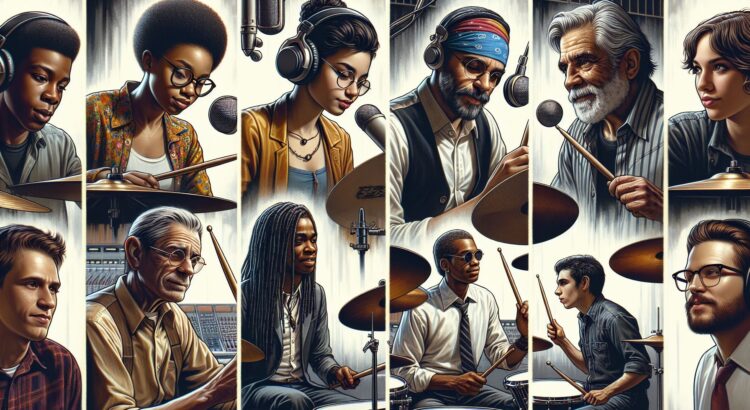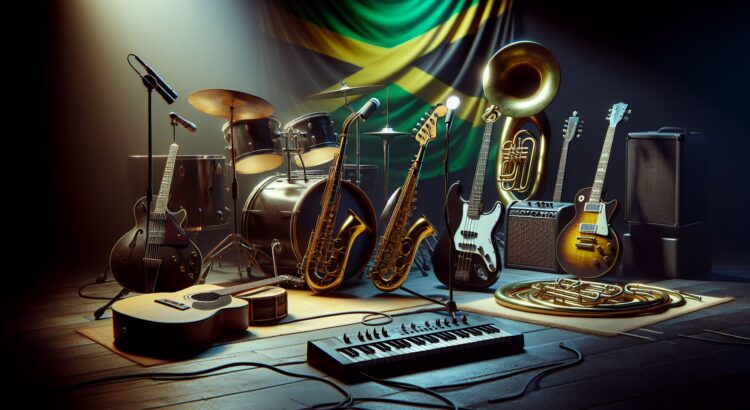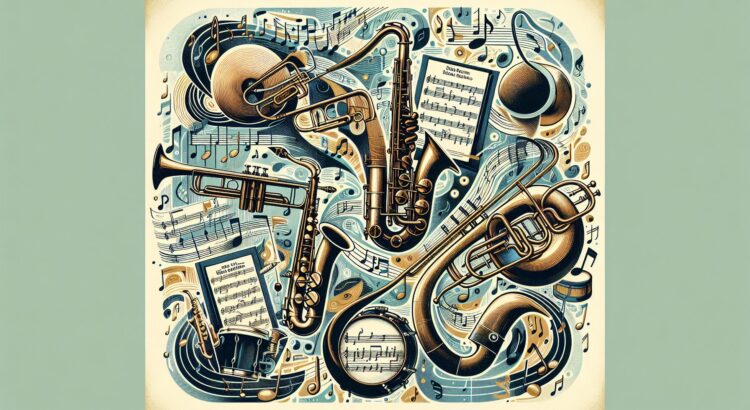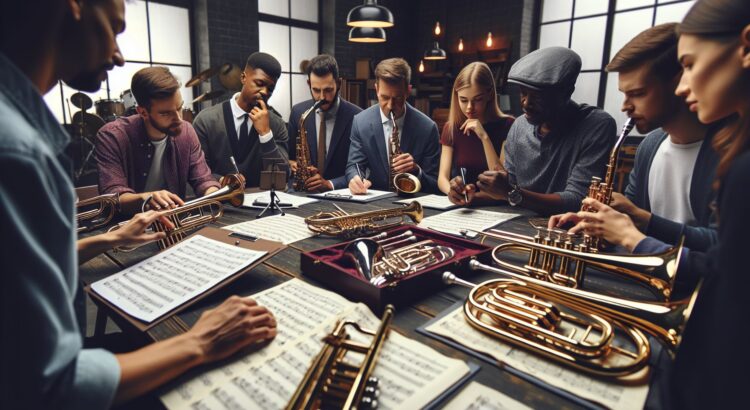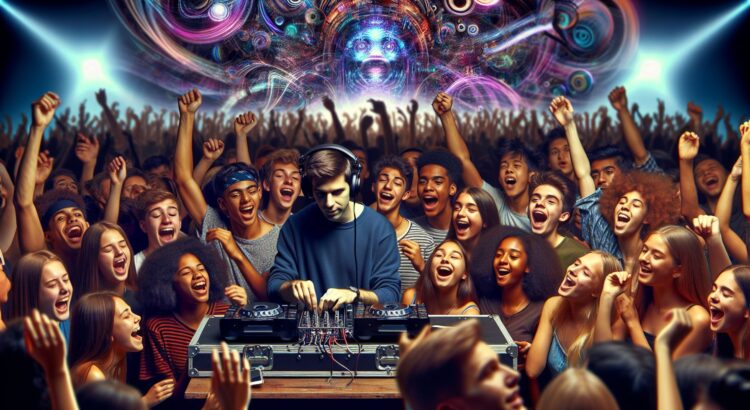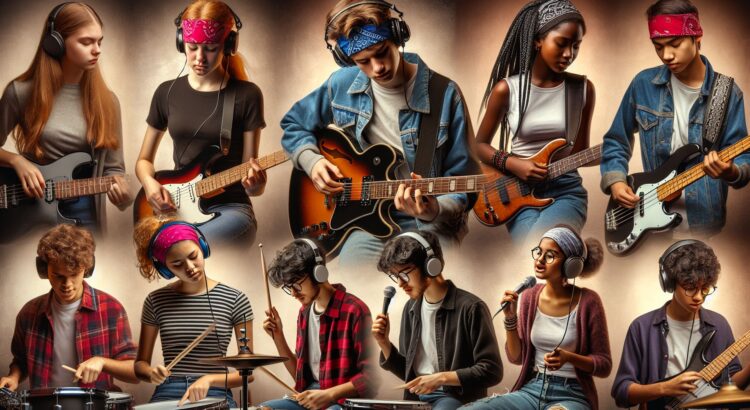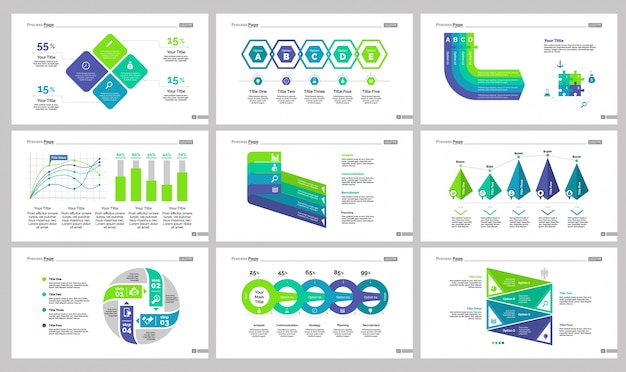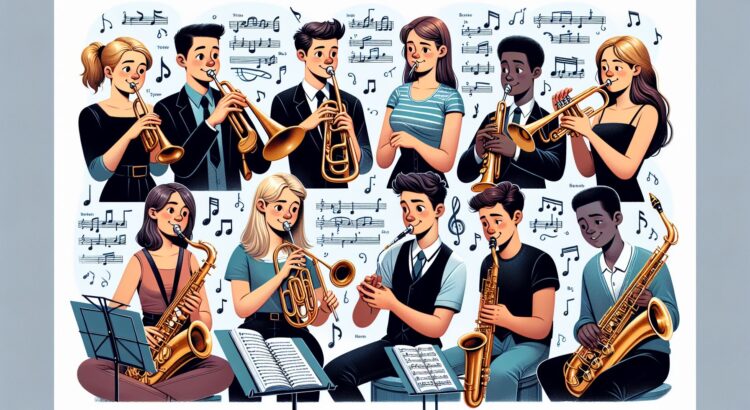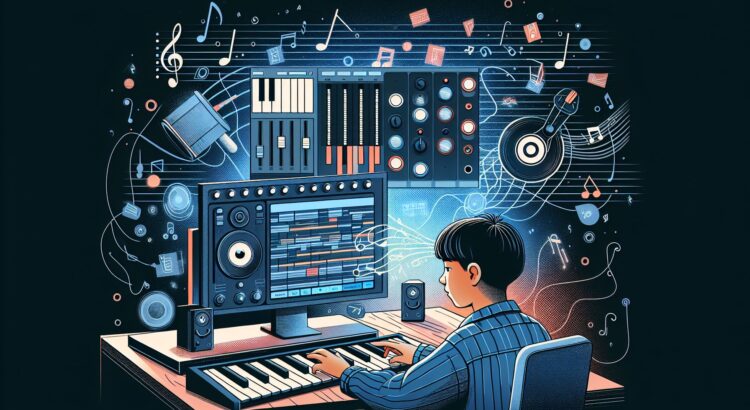Have you ever experienced the thunderous sound of tribal war drums, or seen a Haka before a sporting event? There have been some sports teams recently that have gone out on the field to compete, and entered the stadium to the sound of war drums and tribal music. Seriously, from Hawaiians, to Native Americans, to the Scottish and Irish, native tribal music has a pounding rhythm that gets you juiced, and ready for war! When I hear those drums thundering, and the war chants begin, my blood begins to boil, there is just something about it. You have heard at football games, rugby games, UFC fights, and just about any other arena on the planet. That said, we are about to dive into Native American music, and the instruments that are most commonly played in their music.
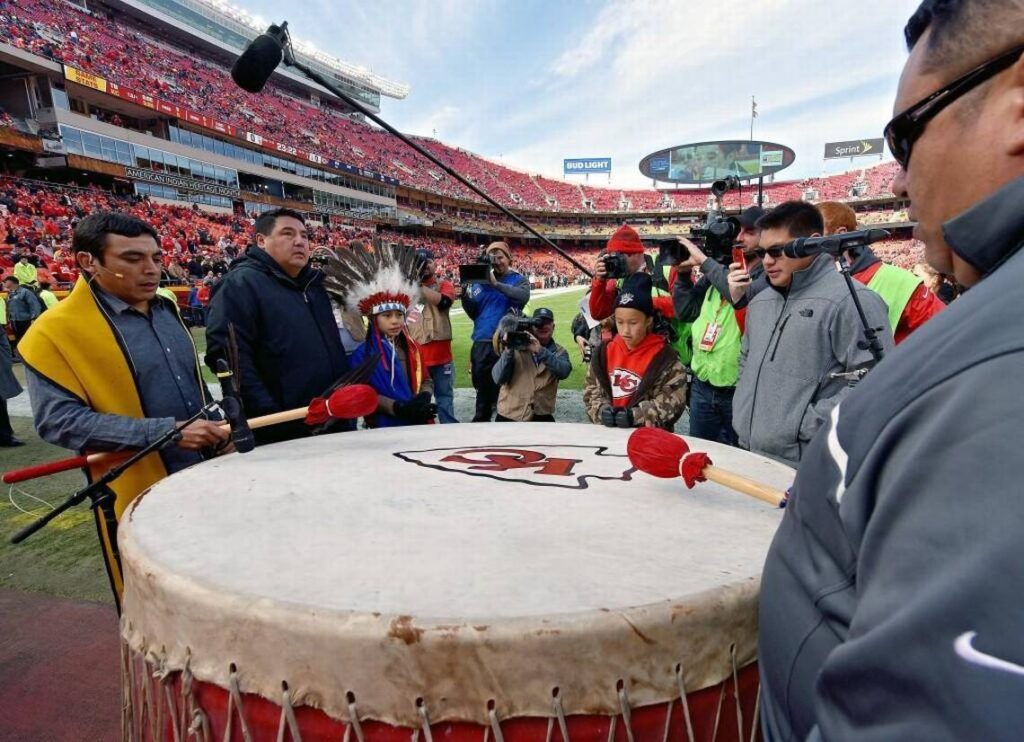
Native American music is often characterized by its use of common instruments such as drums, rattles, and flutes. Drums come in a variety of shapes and sizes, from large powwow drums to small hand drums. Rattles are common percussion instruments that produce a sound by shaking or tapping them together. Flutes are one of the oldest instruments in the world, and were common in traditional Native American music. Flutes are usually made of wood or clay and come in a range of sizes, shapes, and designs. These instruments create fascinating sounds that represent the heart and spirit of Native American culture.
Native American music has a rich and diverse history, spanning centuries and generations. From powwow drums to handmade flutes, common instruments help bring this tradition to life. Through their unique sounds, common instruments are an integral part of Native American culture and provide insight into its musical heritage.
Drums are an essential part of Native American music and were used for a variety of purposes, such as ceremonial gatherings and storytelling. Traditional drums are made from animal skins stretched over a wooden frame, with the tension between the skin and frame allowing for subtle variations in sound. The drum is usually played by striking the skin with sticks or hands to create a variety of sounds. If you’ve ever beat on a hand drum, you know the feeling and the sound, it’s unparalleled. One of my favorite bands (Tool) has an amazing drummer named Daniel Carey. The drum beats on those tool albums are some of my favorite, and the way Maynard screams his war cry over those drums is insane, definitely one of my all-time favorite bands and drummers. You can also hear Native American influence in Hip Hop drum beats, more specifically, the boom-bap styles of rap.
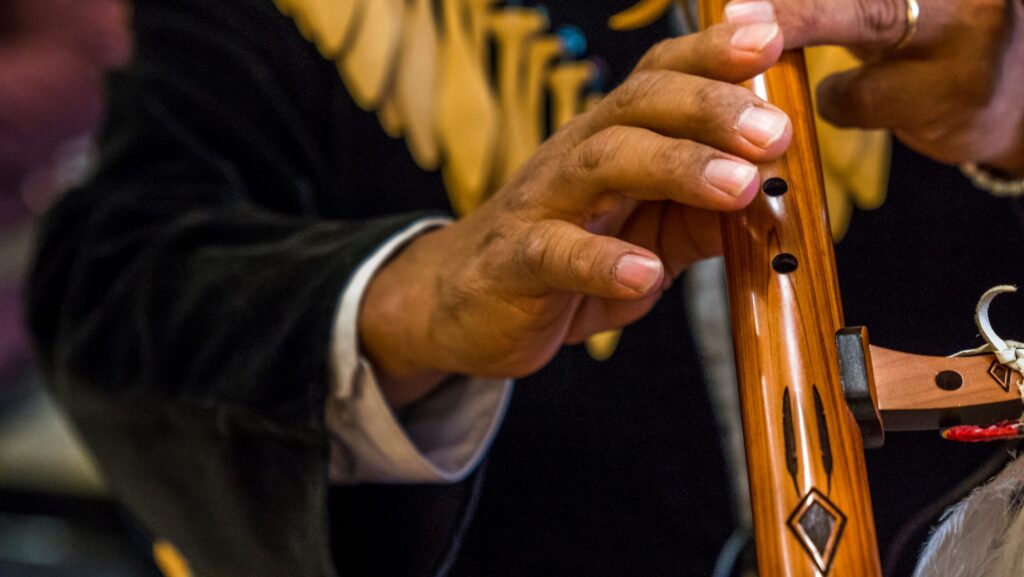
Flutes are another common instrument found in Native American music, with many being handmade from wood or clay. Traditional flutes produce an ethereal sound which is often associated with the spiritual aspects of Native American culture. Flutes have also been used for storytelling and providing accompaniment to songs and dances. Andre 3000 just dropped an entire album where he only plays the flute, you must check it out!!
Another common instrument used in Native American music is the rattle. Rattles can be made out of various materials, such as wood and gourds, and have been traditionally filled with seeds or pebbles to produce a rattling sound. This instrument is sometimes used to help keep time during songs and also to accompany prayers or storytelling. I’m curious if the rattle snake rattle influenced the use of this instrument?
Native Americans had a deep spiritual connection with the natural world around them, and instruments provided a way to express that connection. In addition to using instruments in ceremonies and rituals, Native Americans also used instruments for entertainment and storytelling. By creating instruments from natural materials found in their environment, they were able to bring their music alive.
The creativity of Native Americans can be seen in the instruments they created, from flutes made of bird bones to drums made of hollowed-out logs. Even today, instruments are an important part of many Native American cultures and ceremonies. They provide a connection to the past and help to keep traditions alive.
Native American music has also had a significant influence on the development of popular music in the United States. Genres such as jazz, blues, and country have all been shaped by instruments and musical styles that originated from Native American cultures. By bringing instruments from their own culture into the mainstream, Native Americans have helped to expand the soundscape of contemporary music.
Today, Native American instruments and musical styles can be heard everywhere from concert halls to movie soundtracks. They provide a unique texture and emotion that is echoed in many popular songs, and it’s very present in their unique production style. Through their influence on contemporary music, Native Americans continue to share their cultures with the world.
Native American music has also inspired many contemporary musicians. These musicians often use instruments from Native American cultures to create a mix of traditional and modern sounds. This is evident in the popularity of native instruments such as the flute, drums, and rattles. As more people become aware of these instruments, they are increasingly accepted as part of mainstream music.
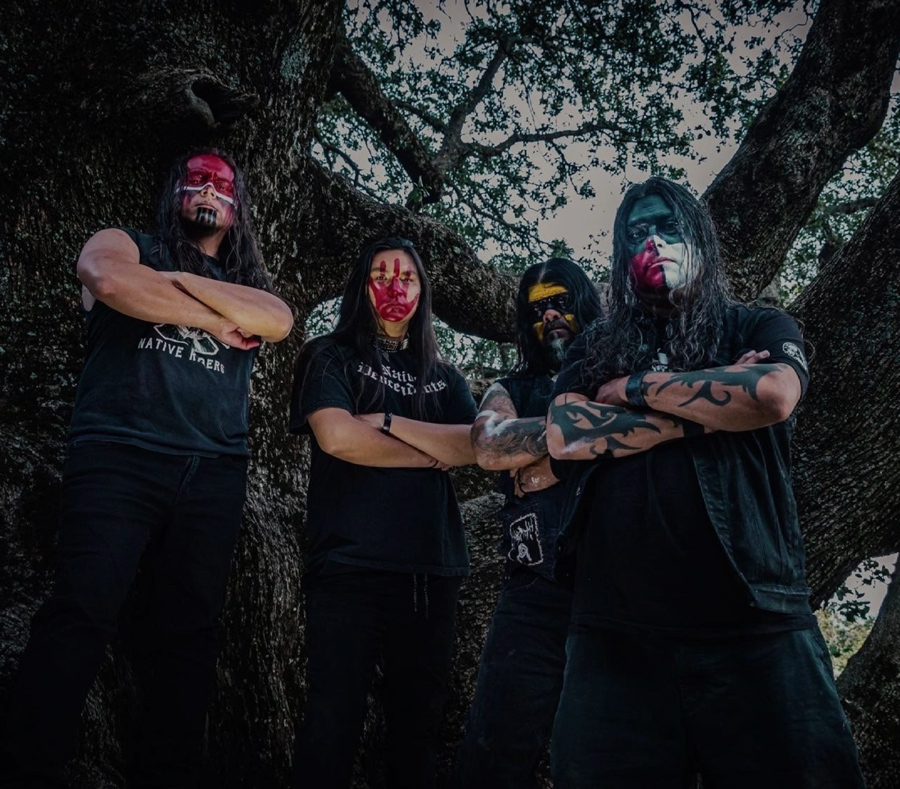
I’ve been to a lot of metal concerts, from Metallica, to Korn, and everything between. I gotta say, one of the most rowdy groups in those pits are the Natives, they know how to rock, mosh, and enjoy a show. Next time you are attending a live metal show, take a look around and notice how many natives are head banging to the thunderous sounds of those tribal metal drums!!


